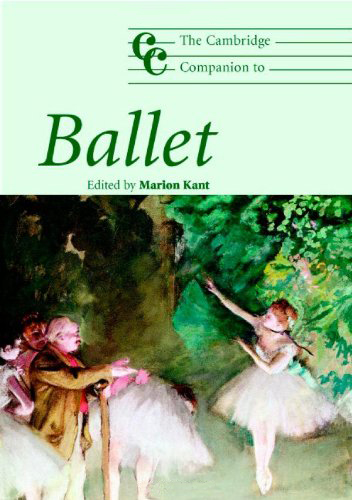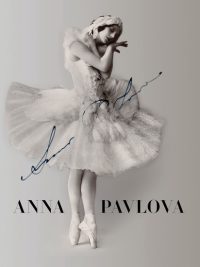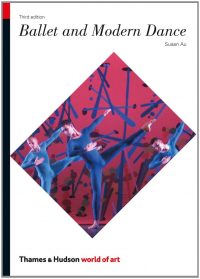The Cambridge Companion to Ballet traces the evolution of ballet as a theatrical art from the fifteenth to the end of the twentieth century. Inside, the reader will find new and unexpected aspects of ballet, its history and its aesthetics, the evolution of plot and narrative, new insights into the reality of training, the choice of costume and the transformation of an old art in a modern world.
Scholarly but accessible to the general reader as well, this book contains an eclectic range of essays written by an international team of authors. Ideal for dipping into as well as for consulting as required, the Companion is an essential reference for dance colleges and an excellent text for anyone curious to explore elements of ballet’s history in greater depth.
Cambridge University Press, 2007. Hardback, Paperback and Ebook available, 352 pages.
Contents
Introduction by Marion Kant
Part I – From the Renaissance to the baroque: royal power and worldly display
1 – The early dance manuals and the structure of ballet: a basis for Italian, French and English ballet by Jennifer Nevile
2 – Ballet de cour by Marina Nordera
3 – English masques by Barbara Ravelhofer
4 – The baroque body by Mark Franko
Part II – The eighteenth century: revolutions in technique and spirit
5 – Choreography and narrative: The ballet d’action of the eighteenth century by Dorion Weickmann
6 – The rise of ballet technique and training: the professionalisation of an art form by Sandra Noll Hammond
7 – The making of history: John Weaver and the Enlightenment by Tim Blanning
8 – Jean-Georges Noverre: dance and reform by Judith Chazin-Bennahum
9 – The French Revolution and its spectacles by Inge Baxmann
Part III – Romantic ballet: ballet is a woman
10 – Romantic ballet in France: 1830–850 by Sarah Davis Cordova
11 – Deadly sylphs and decent mermaids: the women in the Danish romantic world of August Bournonville by Anne Middleboe Christensen
12 – The orchestra as translator: French nineteenth-century ballet by Marian E. Smith
13 – Russian ballet in the age of Petipa by Lynn Garafola
14 – Opening the door to a fairy-tale world: Tchaikovsky’s ballet music by Thérèse Hurley
15 – The romantic ballet and its critics: dance goes public by Lucia Ruprecht
16 – The soul of the shoe by Marion Kant
Part IV – The twentieth century: tradition becomes modern
17 – The ballet avant-garde I: the Ballets Suédois and its modernist concept by Erik Näslund
18 – The ballet avant-garde II: the ‘new’ Russian and Soviet dance in the twentieth century by Tim Scholl
19 – George Balanchine by Matilde Butkas
20 – Balanchine and the deconstruction of classicism by Juliet Bellow
21 – The Nutcracker: a cultural icon by Jennifer Fisher Read
22 – From Swan Lake to Red Girl’s Regiment: ballet’s sinicisation by Zheng Yangwen
23 – Giselle in a Cuban accent by Lester Tome
24 – European ballet in the age of ideologies by Marion Kant



